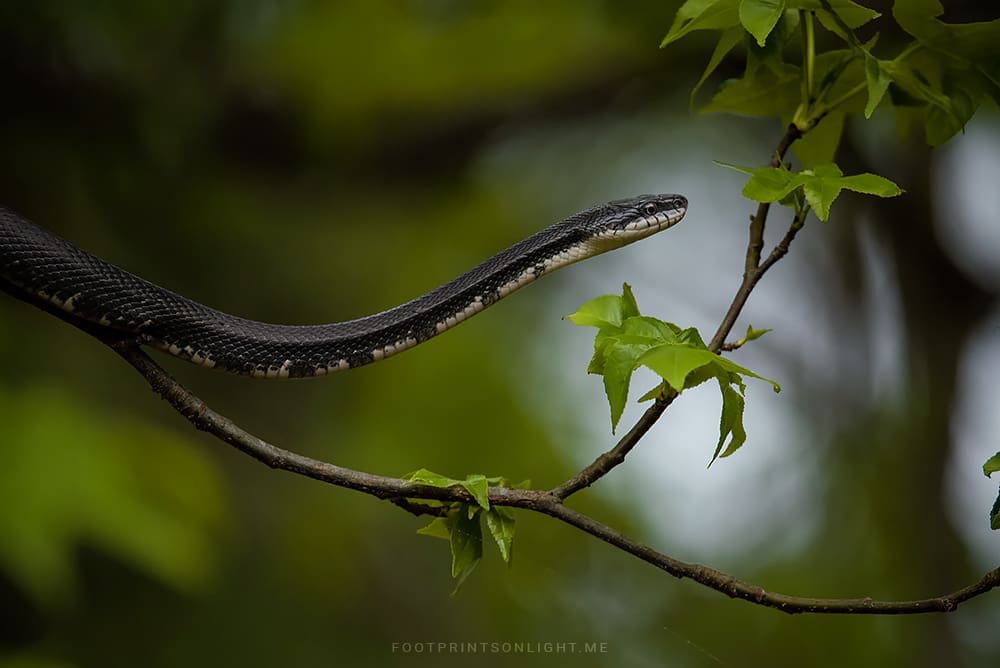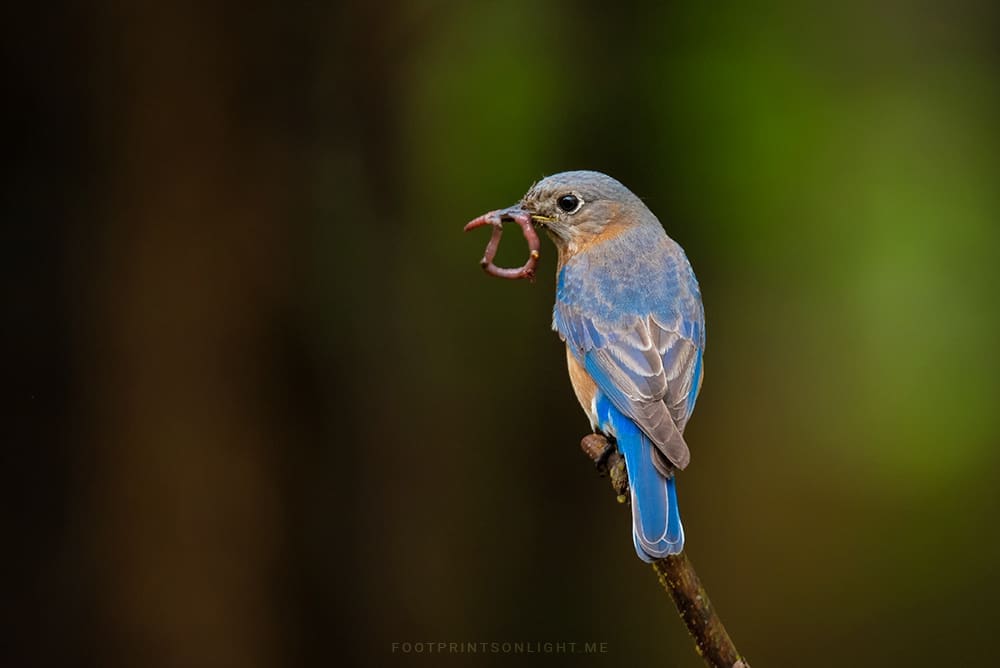As spring spreads its warm fingers over the bare trees, blue and rust-colored birds start hunting backyards and thickets for a place to bring up their fledglings. Meet the Eastern Bluebirds — melodious singers, voracious insectivores and harbingers of spring cheer to the backyards. Bluebirds were seldom seen in my backyard feeder as their preferred diet is more on the non-vegetarian side, me having let pass the temptation of putting up mealworm feeders. They were more common near my apartment in Raleigh, NC probably due to easier access to worms, as the houses there were older and had a lot more vegetation growing around them.

Last winter, I had got a couple of nesting boxes and had nailed them onto the trees in my backyard. This was my first shot at hanging birds nests, and to be frank, I didn’t think there was much to it than nailing them somewhere high up, safe from a neighborhood cat. I didn’t realize how wrong I was, till much later.
Cardinals, robins, woodpeckers, titmice, chickadees and American goldfinches are pretty common in my backyard and I was expecting one of them to occupy these nests. To my surprise, a bluebird couple turned up from nowhere and started nesting in the box. Not once did they peck at the seed I had put up in my bird feeders. But soon enough, they started making visits to the nesting boxes carrying worms, centipedes, and insects. When I stepped out into the backyard, I started hearing feeble cheeps from within the box, which kept getting more vociferous by the day.
I started making my toddler stop going to the backyard to prevent spooking the birds and did everything to let them be there and not be threatened.

One rainy day, the birds were as usual feeding the chicks in a frenzy, when I noticed something on one of the trees in the backyard. What initially appeared to be a piece of rope turned out to be a rat snake. It had a glistening graphite back and a smooth white underside and lay there, unhurriedly basking in the rain.
It was the first time I had seen a snake in my yard, and from the way it sat in the rain without moving, raindrops splashing off its smooth back, I presumed it wasn’t bothered about the nest. But when I came back to check on it a little later, I realized it had moved onto the next tree, closer to the nest. By afternoon, it was already on the branches of the tree closest to the nest, moving ever so slowly. I was amazed at how adeptly it avoided detection by the parent birds, who kept feeding the chicks all the while.

In another hour, it had traversed a foot-long branch that overhung the tree and was slinking down the trunk of the tree to which the nest was nailed. My first instinct was to sit out and not interfere, as it was nature’s way after all. The parents were nowhere to be seen now. As I was chatting with a few of my backyard bird enthusiast friends, something one of them said caused a pang of guilt.
“It was you who set up the box in a spot easily accessible for predators in the backyard, without camouflage. Had the bird nested in a cavity or somewhere natural, it may have had a chance. ”

That broke my heart and I got out, armed with a pole with a hooked end, prepared to grab the snake with it and release it elsewhere. But as I stepped out, the snake evidently noticed me and turned it back to the nest and fled, covering the space of three pine trees in less than a minute. I was happy I didn’t have to handle the snake and risk injury to it (or for me) and stepped inside.
However, it became evident that I had underestimated the street-smartness of the rat snake. The next morning, there was deathly lull around the bird box. The birds were nowhere to be seen, and the chicks had stopped cheeping. Apparently, the rat snake had come back in the night and claimed the meal that I had robbed it of unless all the chicks had fledged simultaneously overnight. I opened the nesting box a couple of days later and found it empty.
Though bluebirds nest a couple of times a year, the mama and papa bird never returned to the box. They now remain nailed to the tree, acting as a melancholic reminder of my lack of diligence before putting it up. Further research post the incident told me:
- I need to put up a birds nest box on a pole and never on a tree
- The pole should be far from vegetation.
- The nest needs to be opened and checked regularly for any dead fledglings that may infect the ones that are alive.
- There are baffles available to deter snakes and other predators.

At the tail-end of this experience comes the ethics in supporting a species by going out of the way and letting it thrive at the cost of the others. When you do this, you are creating contention for food among other species of birds, thereby upsetting the balance of the ecosystem. There’s probably no right answer and that is why I am taking down the nesting boxes. I am sure bluebirds who are not coddled thus and survive by way of natural selection would turn out just fine, and be able to survive longer.
